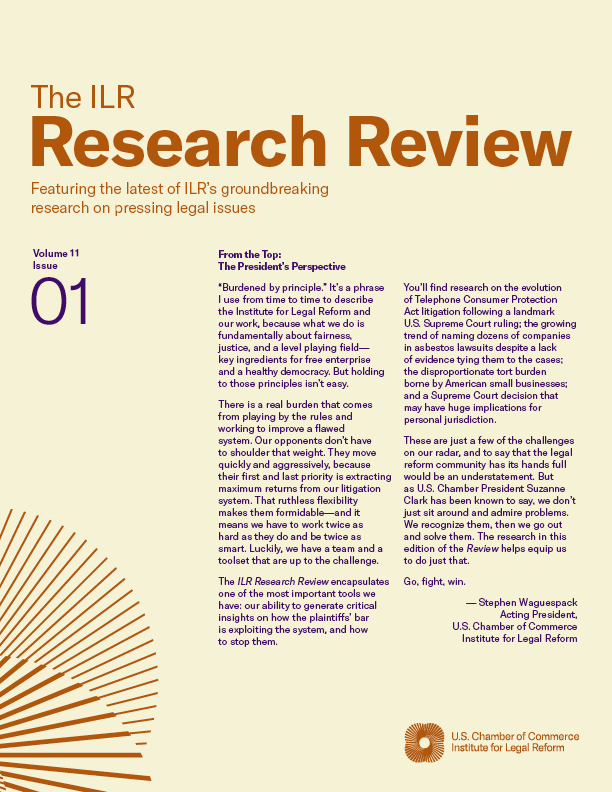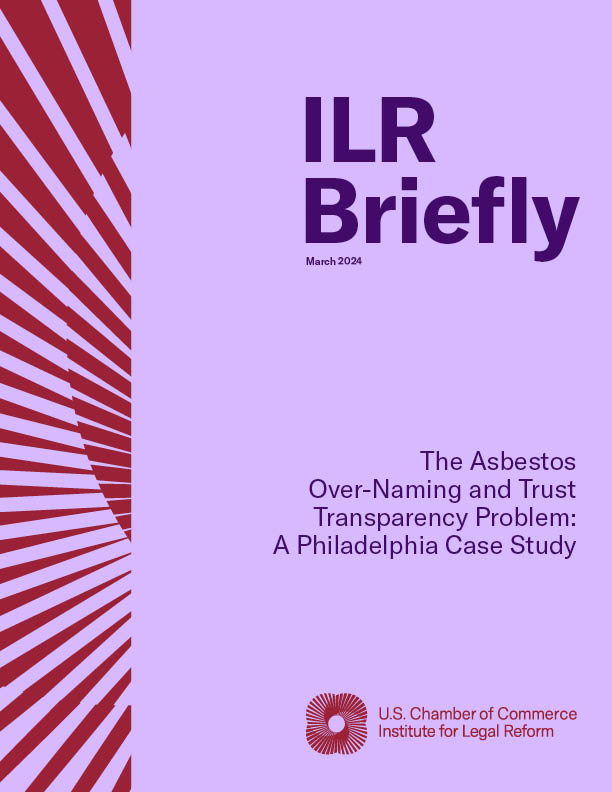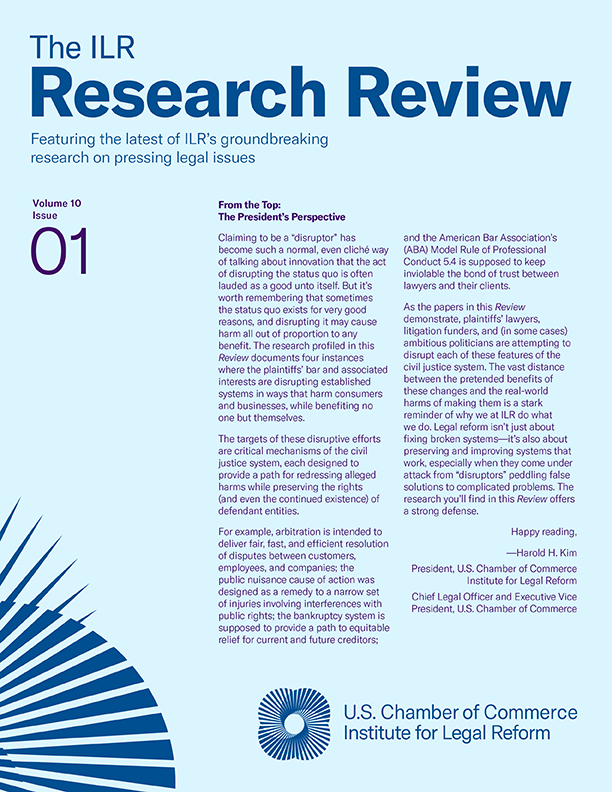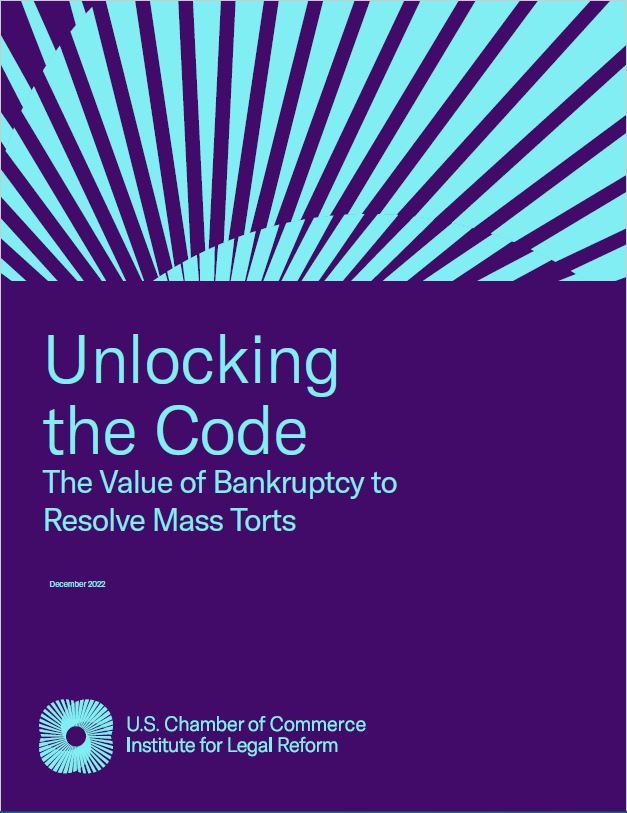Since 2006 the asbestos bankruptcy personal injury trust system has paid out more than $18 billion in claim payments, representing a substantial source of alternative compensation for plaintiffs concurrently pursuing lawsuits against solvent companies in the tort system.
However, much of these trust claims and payments have been made with an insufficient level of transparency and coordination with the tort system. This in turn has raised concerns from defendant companies over the intentional delay of trust filings and alleged suppression of trust disclosures by plaintiffs and their counsel in the underlying tort proceedings. Defendants have argued that the suppression of trust claims and related predecessor company exposures conceals significant liability shares from the purview of the courts, resulting in increased levels of both their trial risks and litigation costs, and forces settlement premiums that far exceed their legal liability.
This paper provides detailed case examples that illustrate the stark contradiction between exposure evidence presented by plaintiff attorneys to tort system defendants and evidence supporting claims made against asbestos bankruptcy trusts.
These examples demonstrate that it is often the plaintiff law firm, not the plaintiff, that is the most informed in terms of identifying product manufacturers and likely exposures at specific worksites. Plaintiff law firms will often rely on prior discovery from reliable product identification witnesses who were able to place certain products at specific sites. And plaintiff law firms will highlight such historical discovery, knowledge, and experience when marketing to prospective clients.
While this wealth of information can provide alleged support for a plaintiff’s claims of exposure, it also provides plaintiff law firms with a great deal of strategic discretion as to if and when they will pursue compensation from specific defendants, solvent or bankrupt, as well as if and when such pursuits are disclosed.
View PDF


